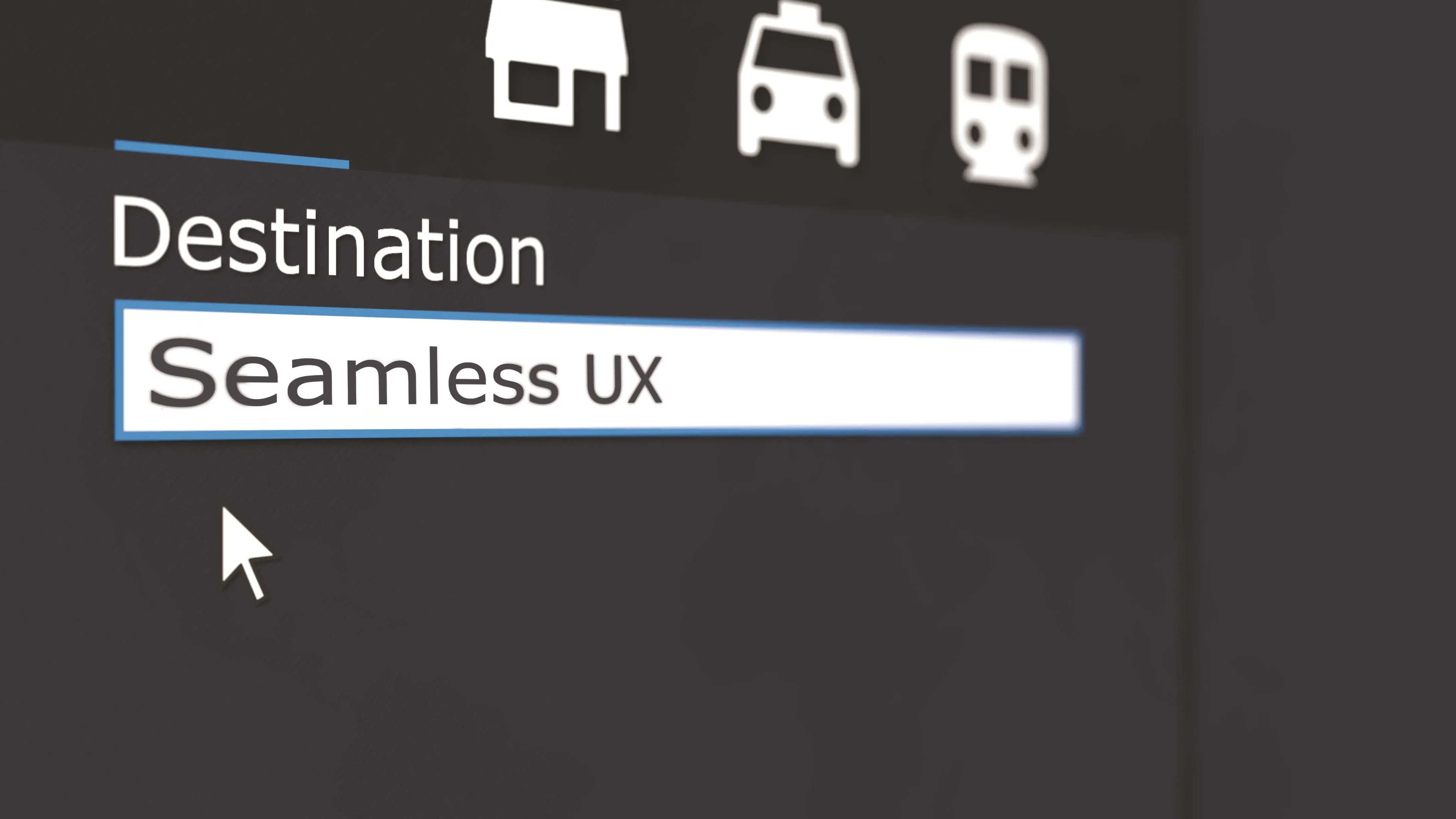The results of an IBM study of transportation in Nashville and the surrounding region to accelerate its move to better, safer and more reliable transportation for the Nashville region’s citizens released by the Transit Alliance of middle Tennessee and IBM pinpoints areas that could benefit from immediate investment and would help relieve current stress. It also identifies long-term initiatives that could help spur future economic growth and livability in the region. The Transit Alliance commissioned IBM to
January 30, 2013
Read time: 4 mins
The results of an 62 IBM study of transportation in Nashville and the surrounding region to accelerate its move to better, safer and more reliable transportation for the Nashville region’s citizens released by the Transit Alliance of middle Tennessee and IBM pinpoints areas that could benefit from immediate investment and would help relieve current stress. It also identifies long-term initiatives that could help spur future economic growth and livability in the region.
The Transit Alliance commissioned IBM to analyse transportation networks across the region and identify initiatives that could reduce congestion and stress on Middle Tennessee’s current infrastructure. IBM was also tasked to provide a roadmap of complementary long-term transportation initiatives to support Middle Tennessee’s rapid growth and enhance its livability. The report recommends five strategic areas of focus: mobility, communication and coordination across jurisdictions, tools for travellers, public education and outreach and operational improvements.
High-impact, short-term recommendations include: Identifying new express bus and bus rapid transit (BRT) routes and act on planned routes. New routes in “transit deserts” would reduce commute times, create better access to jobs for residents across the region; Creating a universal fare card system to make it easier for citizens to travel between different cities and use multiple modes of regional transit; Improving transit access to and from Nashville International Airport with a focus on modes of transportation that appeal to business travelers and tourists; Using public/private partnerships to aid completion of short-term transportation improvements.
“Nashville and the entire middle Tennessee region are growing rapidly, and it is important that our mass transit options keep pace with that growth,” mayor Karl Dean said. “This report further validates the importance of the east-west connector project as the backbone of what will become a larger, regional mass transit system. I appreciate the Transit Alliance and the work it does with business, transit and community leaders to help guide transportation initiatives that will make our region an even more attractive place to do business, live and visit.”
While the middle Tennessee region works to improve its transportation network, it is contending with the effects of rapid growth on its sprawling transportation network -- increased use of mass transit, additional road traffic and congestion and some of the longest commute times in nation. The Nashville region was ranked number one in the 2011 CEOs for Cities Report: Driven Apart for the most hours spent in rush hour traffic per person in a year. Its population is expected to nearly double to more than 2.1 million by 2030, so it must identify ways to partner across the region to reduce sprawl and better connect the various transportation options across the region. Currently, 6 per cent of the region’s workforce live and work in different counties, but middle Tennessee ranks at the bottom, 93 out of 100, for transit access.
The report recognises that middle Tennessee is positioned to be a smarter transportation leader when compared to US and international cities with comparable populations. The region has above average expertise in incident management and planning and parity with similar sized regions in transportation network response time, performance measurement, communication with travelers and how it is integrating its data, from road sensors, traffic lights, route schedules, etc., into its operations. The region can use these strengths to accelerate improvements in how it manages the demand for transportation assets like parking and frequency of mass transit, more consistent payment methods and customer management.
“IBM’s report is a vital critique of our current transportation environment in Middle Tennessee,” said Ed Cole, executive director of the Transit Alliance. “Supporters of the Transit Alliance made this IBM study possible, and we are appreciative of both their support and the valuable, factual information provided by IBM for the help in guiding our region in moving forward with new transportation options.”
“With rapid urbanisation and population growth, cities and regions of all sizes need to balance short-term infrastructure needs with a clear eye on how future population growth will impact long-term objectives,” said Naveen Lamba, global smarter transportation leader, IBM Global Business Services. “Leaders of the middle Tennessee region recognise, like other forward-thinking cities and regions, that connecting and sharing data across city and county lines and using analytics will help it make smarter decisions now and better position the region as an attractive, competitive place for businesses and talent and better services for its citizens.”
The Transit Alliance commissioned IBM to analyse transportation networks across the region and identify initiatives that could reduce congestion and stress on Middle Tennessee’s current infrastructure. IBM was also tasked to provide a roadmap of complementary long-term transportation initiatives to support Middle Tennessee’s rapid growth and enhance its livability. The report recommends five strategic areas of focus: mobility, communication and coordination across jurisdictions, tools for travellers, public education and outreach and operational improvements.
High-impact, short-term recommendations include: Identifying new express bus and bus rapid transit (BRT) routes and act on planned routes. New routes in “transit deserts” would reduce commute times, create better access to jobs for residents across the region; Creating a universal fare card system to make it easier for citizens to travel between different cities and use multiple modes of regional transit; Improving transit access to and from Nashville International Airport with a focus on modes of transportation that appeal to business travelers and tourists; Using public/private partnerships to aid completion of short-term transportation improvements.
“Nashville and the entire middle Tennessee region are growing rapidly, and it is important that our mass transit options keep pace with that growth,” mayor Karl Dean said. “This report further validates the importance of the east-west connector project as the backbone of what will become a larger, regional mass transit system. I appreciate the Transit Alliance and the work it does with business, transit and community leaders to help guide transportation initiatives that will make our region an even more attractive place to do business, live and visit.”
While the middle Tennessee region works to improve its transportation network, it is contending with the effects of rapid growth on its sprawling transportation network -- increased use of mass transit, additional road traffic and congestion and some of the longest commute times in nation. The Nashville region was ranked number one in the 2011 CEOs for Cities Report: Driven Apart for the most hours spent in rush hour traffic per person in a year. Its population is expected to nearly double to more than 2.1 million by 2030, so it must identify ways to partner across the region to reduce sprawl and better connect the various transportation options across the region. Currently, 6 per cent of the region’s workforce live and work in different counties, but middle Tennessee ranks at the bottom, 93 out of 100, for transit access.
The report recognises that middle Tennessee is positioned to be a smarter transportation leader when compared to US and international cities with comparable populations. The region has above average expertise in incident management and planning and parity with similar sized regions in transportation network response time, performance measurement, communication with travelers and how it is integrating its data, from road sensors, traffic lights, route schedules, etc., into its operations. The region can use these strengths to accelerate improvements in how it manages the demand for transportation assets like parking and frequency of mass transit, more consistent payment methods and customer management.
“IBM’s report is a vital critique of our current transportation environment in Middle Tennessee,” said Ed Cole, executive director of the Transit Alliance. “Supporters of the Transit Alliance made this IBM study possible, and we are appreciative of both their support and the valuable, factual information provided by IBM for the help in guiding our region in moving forward with new transportation options.”
“With rapid urbanisation and population growth, cities and regions of all sizes need to balance short-term infrastructure needs with a clear eye on how future population growth will impact long-term objectives,” said Naveen Lamba, global smarter transportation leader, IBM Global Business Services. “Leaders of the middle Tennessee region recognise, like other forward-thinking cities and regions, that connecting and sharing data across city and county lines and using analytics will help it make smarter decisions now and better position the region as an attractive, competitive place for businesses and talent and better services for its citizens.”










